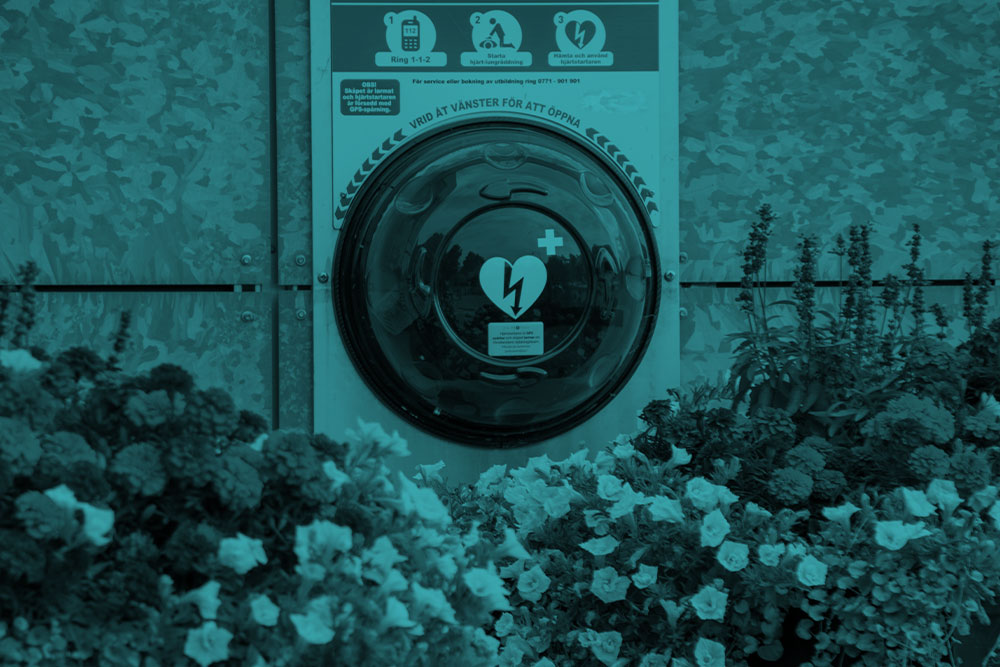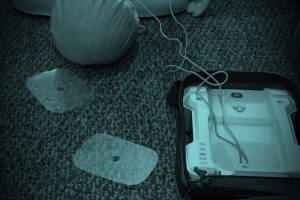
Aims: Little is known about automated external defibrillator (AED) functionality in real-life settings. This study aimed to assess the functionality of all registered AEDs in a geographically selected area and calculate the proportion of historical out-of-hospital cardiac arrests (OHCAs) covered by non-functioning AEDs.
Methods: In this cross-sectional study they inspected all registered and available AEDs on the island of Bornholm in Denmark. There was information collected on battery status (determined by AED self-test) and electrode status, as well as AED availability. All historical OHCAs registered with the Danish Cardiac Arrest Registry on Bornholm during 2016-2019 were identified and then the proportion of OHCAs covered by an AED was calculated (regardless of functionality status) within ≤100, ≤750, and ≤1800 meters and the proportion of OHCAs covered by non-functioning AEDs.
Conclusion: Almost one-fifth of all registered and publicly available AEDs were not functional, primarily due to expired electrodes, failed self-tests or obstacles to retrieving AEDs. One in twenty historical OHCA was covered by a non-functional AED. Although general AED functionality was high, this finding underlines the importance of regular AED maintenance.
Link to full study;
Functionality of registered automated external defibrillators – PubMed (nih.gov)






